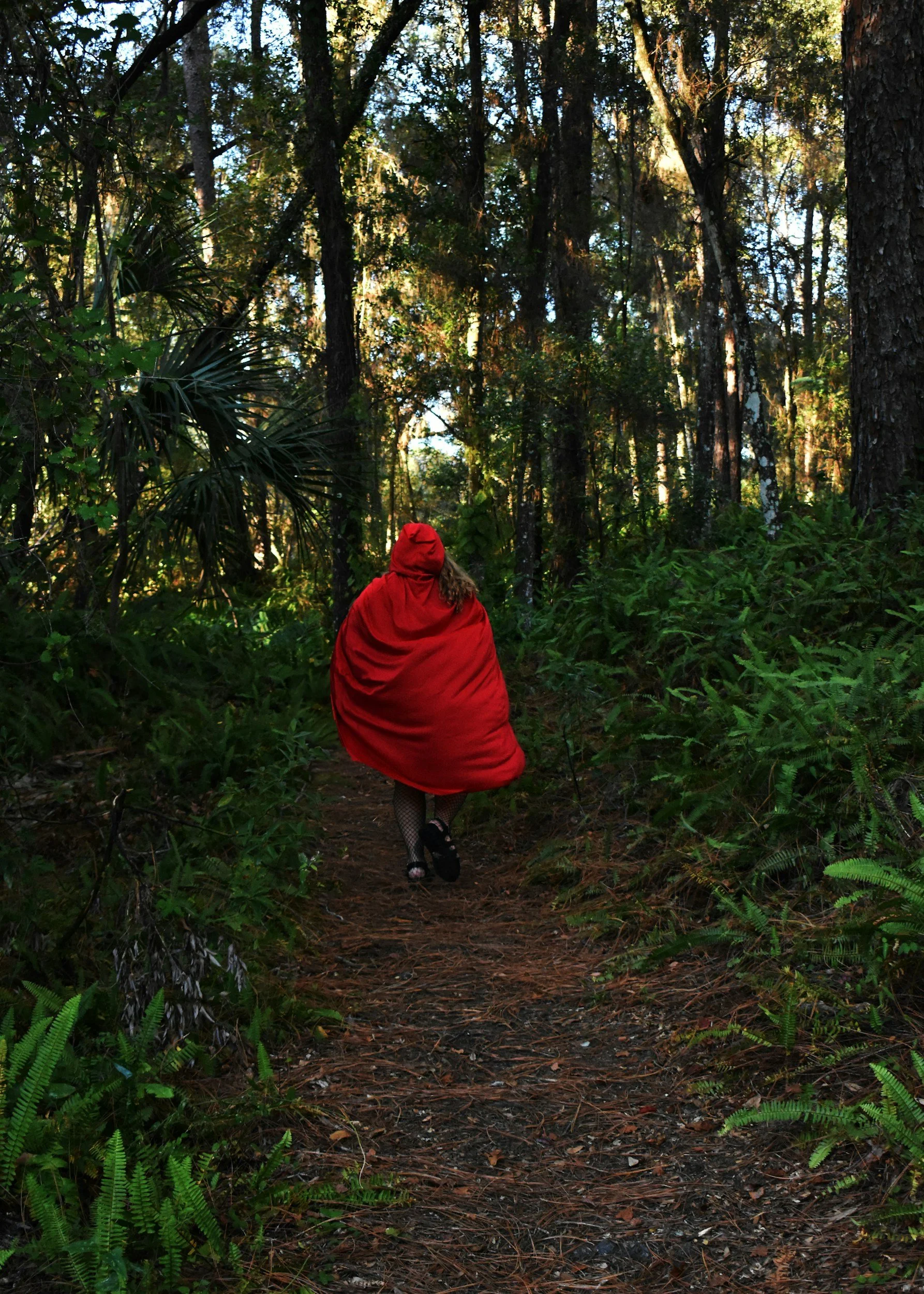The Sensory Psychology of Touch: Why Skin-to-Skin Contact Heals
A Story Told in Skin
You might not remember the first time you were touched, but your body does. Fresh from the womb, held against a heartbeat—before words, before identity—there was warmth. A gentle press of skin to skin, telling your nervous system: you are safe, you belong.
As we grow, we learn to speak, to think, to rationalize. But somewhere along the way, especially in the hyper-digital, ultra-busy modern world, we forget what our skin already knows. That touch—real, intentional, safe touch—isn’t a luxury. It’s a lifeline.
Let’s rewind. Imagine lying back into a loved one’s arms, feeling the weight of a reassuring palm on your shoulder, or the slow rhythm of a hug that lingers just long enough to dissolve the day. What you’re experiencing isn’t just emotional comfort—it’s neuroscience at work.
What Happens in the Brain When We’re Touched
When your skin meets another's, your brain kicks into high gear. Gentle, affectionate touch releases oxytocin, the hormone that fosters trust and bonding. It lowers cortisol, the chemical responsible for stress, while boosting dopamine and serotonin, which lift mood and calm the nervous system.
Even more fascinating? Your body is equipped with special nerve fibers—C-tactile afferents—that are tuned specifically for soft, slow stroking at just the right speed and temperature. This type of contact doesn’t just register as sensation; it lights up areas of the brain associated with emotion.
Touch is, quite literally, emotionally intelligent.
When We’re Touched, We Heal
Research continues to affirm what we feel in our bones: regular, affirming touch can help us recover emotionally. It enhances resilience, soothes symptoms of depression and anxiety, and strengthens bonds in families and romantic relationships alike.
In therapy, especially somatic and trauma-informed approaches, touch—when invited and consensual—is a way back into the body for those who’ve learned to disconnect from it. Survivors of trauma often live in a state of hypervigilance or numbness; healing touch gently invites them back into presence, into aliveness.
What Happens When We Go Without
Now imagine the opposite: weeks, months, even years without meaningful touch. This is skin hunger, or touch deprivation. It shows up as insomnia, irritability, sadness. A restless body aching for contact, but unsure how to ask.
During the isolation of the COVID-19 pandemic, these symptoms surged. Many people reported increased anxiety and emotional fatigue—symptoms not only of solitude but of touch starvation. Our bodies were designed for connection, and when deprived, they grieve.
Love Languages, Without Words
In relationships, touch is one of the most potent love languages. It says what words often can’t. A hand on the back during an argument. A forehead kiss before sleep. Fingers intertwined while walking.
This kind of contact creates a biofeedback loop—co-regulation—where two people sync emotionally and physically. Their heart rates slow, breathing steadies. Conflict eases. Intimacy deepens.
These moments aren’t just romantic; they’re neurological acts of care.
Not All Touch Is Equal
Of course, touch isn’t always safe or welcome. Its healing potential depends entirely on context, consent, and care. True intimacy requires attunement—being fully present, reading cues, asking first.
Mindful practices like cuddle therapy, partner yoga, and somatic experiencing have emerged as intentional spaces to explore the power of touch within safe, structured boundaries. Here, touch is neither rushed nor assumed. It is offered, received, and respected.
The Invitation Back
We often look for healing in words, in insight, in answers. But the body holds its own wisdom. It doesn’t need fixing. It needs feeling.
Touch is a bridge back to that embodied self. Back to safety, softness, and the sensual intelligence of our own skin. A return to the language older than words.
So the next time a loved one reaches for your hand, or you feel the warmth of a quiet embrace, stay there. Let your body listen. Let it remember.






